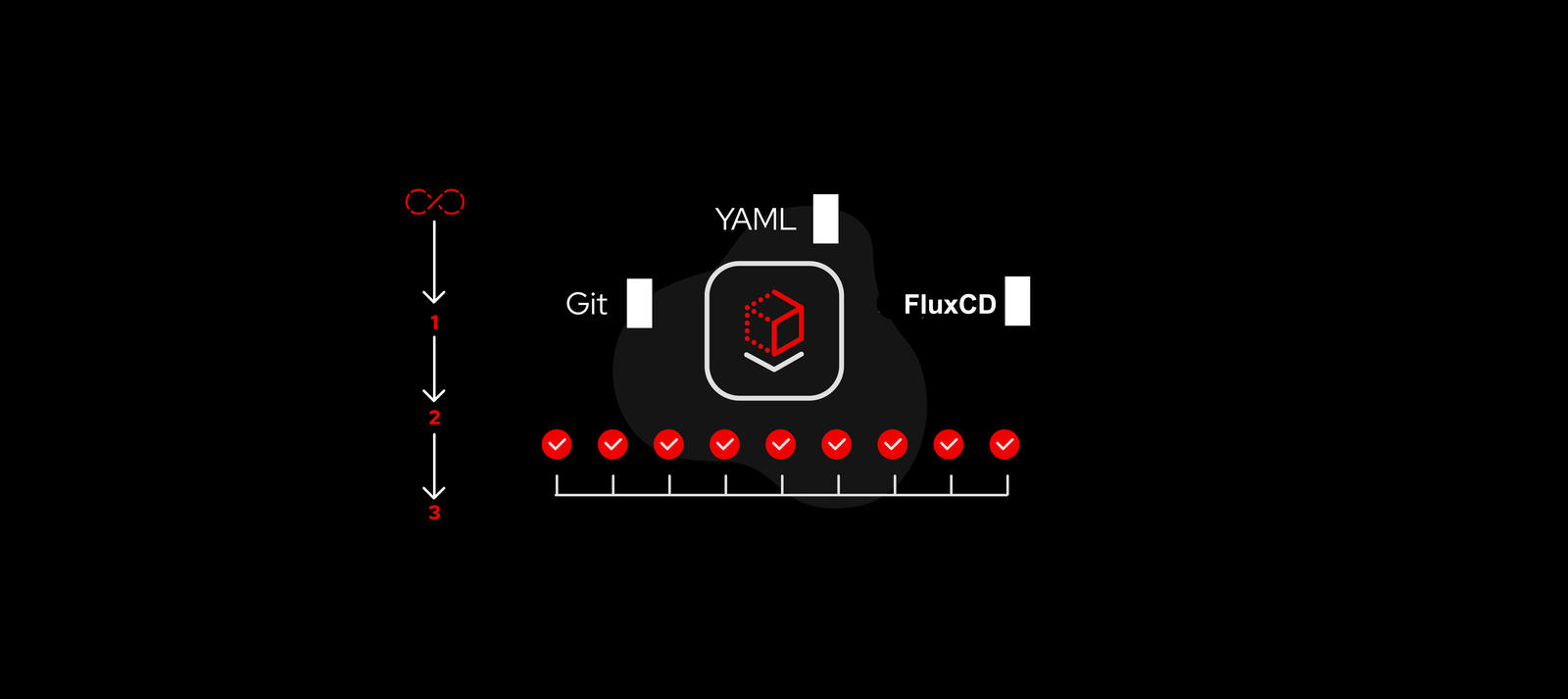Custom Real Estate Software Development: Full Guide
Real estate software is becoming more important. Statistics show that the real estate software market is growing quickly. More companies are investing in these tools to stay ahead. The best real estate software can help manage properties, track sales, and improve communication.
In 2023, the global real estate software market is expected to be valued at $11.24 billion, reflecting a growth from $10.07 billion in 2022.
Trends in AI and ML in Real Estate Software Development
Enhanced Property Management
AI-driven chatbots can handle tenant inquiries, schedule maintenance, and provide instant support, improving tenant satisfaction and reducing the workload on property managers. Predictive maintenance powered by ML can anticipate equipment failures before they happen, saving costs and preventing disruptions.
Predictive Analytics for Market Trends
Predictive analytics can forecast property values, rental income, and market demand, providing a competitive edge.
Virtual Tours and Remote Viewing
The integration of AI in virtual tours allows potential buyers and renters to experience properties remotely. Machine learning enhances these tours by optimizing images and creating more realistic 3D models. This technology has become especially valuable during the COVID-19 pandemic, enabling safe and convenient property viewings.
Personalized Customer Experiences
AI-powered CRMs in real estate software can analyze customer behavior and preferences to offer personalized experiences. These systems can recommend properties based on a client’s search history, budget, and preferences, improving the customer journey and increasing the chances of successful transactions.
Enhanced Data Security
AI algorithms can detect unusual patterns and potential threats, providing real-time protection against cyberattacks and ensuring the security of financial and personal information.
Efficient Space Utilization
AI-driven analytics can help optimize space utilization in commercial real estate. By analyzing usage patterns, AI can suggest ways to use space more efficiently, potentially reducing costs and increasing profitability. This is particularly useful in office spaces and co-working environments.
Streamlined Property Valuation
AI models can analyze various factors affecting property value, such as location, market trends, and property conditions, to provide accurate and real-time property valuations. This streamlines the appraisal process, making it faster and more reliable.
Custom Real Estate Software vs. Ready-Made Solutions
Here we will compare ready-made solutions and custom real estate software.
Customization and Flexibility
Custom Software: Custom real estate software is built specifically for your business needs, allowing for extensive customization and flexibility. It can include unique features tailored to your workflow and business processes. This means you get exactly what you need, with the ability to modify and scale the software as your business grows.
Ready-Made Solutions: While they provide quick deployment and lower initial costs, they may not fully meet the specific needs of your business and can be less flexible in terms of customization.
Integration
Custom Software: Custom solutions ensure smooth data flow and reduces the risk of errors.
Ready-Made Solutions: Many ready-made solutions offer integration capabilities, but they may not always work perfectly with your existing systems. You might need additional tools or customization, which can lead to increased costs and complexity.
Scalability
Custom Software: Custom solutions are designed with your future growth in mind.
Ready-Made Solutions: While some off-the-shelf solutions offer scalability, they might not be as adaptable as custom software. You could face limitations in features or performance as your business grows.
Cost
Custom Software: The initial investment for custom software is typically higher due to the development time and resources required. However, it can be more cost-effective in the long run as it eliminates ongoing licensing fees and reduces the need for additional tools or services.
Ready-Made Solutions: Off-the-shelf solutions generally have lower upfront costs and quicker deployment times. However, they often come with recurring licensing fees and may require additional costs for customization and integration.
Security
Custom Software: With custom software, you have greater control over security measures. You can implement robust protocols tailored to your specific needs, ensuring better protection of sensitive data.
Ready-Made Solutions: While many ready-made solutions offer strong security features, they are also more vulnerable to widespread attacks due to their popularity. Custom solutions can provide an added layer of security by being less known and harder to exploit.
Support and Maintenance
Custom Software: The team can also provide ongoing updates and improvements based on your feedback.
Ready-Made Solutions: Support for off-the-shelf solutions is often provided by the vendor, which can be efficient but may not always meet your specific needs. Updates and improvements are managed by the vendor and may not align perfectly with your business requirements.
Time to Deployment
Custom Software: Developing custom software takes more time as it involves designing, building, and testing the solution from scratch. This can delay deployment but results in a product that fits your needs precisely.
Ready-Made Solutions: These solutions can be deployed quickly, sometimes within days or weeks, making them ideal for businesses needing immediate solutions.
User Experience
Custom Software: Custom software can offer a more intuitive and user-friendly experience as it is designed with your specific users in mind.
Ready-Made Solutions: While ready-made solutions are designed to be user-friendly, they must cater to a broad audience, which can sometimes result in a less optimized user experience for your specific needs.
In summary, custom real estate software offers extensive customization, better integration, and scalability, making it ideal for businesses with specific needs and long-term growth plans. On the other hand, ready-made solutions provide quick deployment and lower initial costs, suitable for businesses looking for immediate, cost-effective solutions. The choice between the two depends on your business priorities, budget, and long-term goals.
Must-Have Features of Custom Real Estate Software
Property Management System (PMS)
A robust Property Management System is essential for managing multiple properties efficiently. It should include features for tracking leases, handling rent payments, managing maintenance requests, and organizing tenant information. The system should also offer automated reminders for lease renewals and maintenance schedules to ensure nothing falls through the cracks.
Customer Relationship Management (CRM)
A CRM system tailored for real estate helps manage interactions with potential buyers, tenants, and clients. It should allow you to track leads, manage client communications, and follow up on potential sales. Integrating CRM with email and phone systems can streamline communication and improve client relationships.
Multiple Listing Service (MLS) Integration
Integrating with MLS allows for easy listing and searching of properties. This feature matches buyers with suitable listings. It should support automated updates to ensure the property listings are current.
Real Estate Analytics
Analytics tools help in making data-driven decisions. Features should include market analysis, property valuation, rental yield calculations, and trend forecasting. These tools enable agents and property managers to understand market conditions, optimize pricing strategies, and identify investment opportunities.
Virtual Tours and Property Visualization
Offering virtual tours and 3D visualization of properties can enhance the user experience. This feature allows potential buyers and tenants to explore properties remotely, providing a realistic view without the need for physical visits. It’s particularly useful for out-of-town clients or during times when in-person visits are not feasible.
Document Management System
It should offer features for digital signatures, secure storage, and easy retrieval. Automated workflows can streamline the process of document approvals and renewals.
Online Payment Processing
Facilitating online payments for rent, deposits, and other fees is a must. The software should support various payment methods, including credit cards, bank transfers, and digital wallets. Secure payment gateways ensure transactions are processed safely and efficiently.
Customizable Dashboards and Reporting
Customizable dashboards provide a snapshot of key metrics and performance indicators. Real estate professionals can tailor these dashboards to display relevant data, such as occupancy rates, revenue, and lead conversion rates. Detailed reporting tools help in analyzing performance and making informed decisions.
Implementing these features in your custom real estate software can significantly enhance efficiency, improve client satisfaction, and streamline property management processes. By focusing on these must-have functionalities, you ensure that your software solution meets the diverse needs of the real estate industry.
Custom Software Development Stages
Step 1: Choose an outsourcing partner or hire an in-house team.
Here we will describe more about choosing between outsourcing and hiring an in-house team.
Outsourcing:
Cost Efficiency: Outsourcing your software development can be significantly more cost-effective. You avoid the overhead costs.
Quick Time to Market: Outsourcing firms often have established processes and experienced teams that can start working on your project immediately. This reduces the time needed for onboarding and setup, leading to faster development and quicker time to market.
In-House Team:
Control and Communication: Having an in-house team allows for better control over the project and easier communication. This can be beneficial for projects requiring close collaboration and frequent updates.
Long-Term Investment: It can be beneficial if you plan to develop multiple projects or need ongoing development and maintenance.
Step 2: Requirement Analysis
Start with functional requirements. Identify what the software should do. This includes features, user interactions, and specific functions that the software must perform.
Define the different user roles and their permissions within the software. Understanding who will use the software and what they need to do helps tailor the functionalities to their needs.
Determine the performance requirements, such as response times, processing speeds, and uptime requirements. These criteria ensure that the software will perform efficiently under expected load conditions.
The document with requirements should detail functional and non-functional requirements, user roles, performance criteria, and any constraints.
Step 3: UI/UX Design
Start with wireframes to outline the layout and structure of the interface. Wireframes are simple, low-fidelity sketches that help visualize the placement of elements and the overall navigation flow.
Next, develop interactive prototypes based on the wireframes. Prototypes provide a more detailed and interactive representation of the final product. These prototypes allow you to experience the flow and functionality of the interface, making it easier to gather feedback and make necessary adjustments early in the development process.
Conducting user research is an essential part of our design process. The insights gained from user research will inform design decisions, ensuring that the interface was user-centric and aligned with user expectations.
Usability testing involves observing real users as they interact with the prototype. By watching how users navigate the interface and understanding their pain points.
Step 4: Front-End and Back-End Development
Consider the following when choosing your tech stack:
- Project Requirements: Determine the needs, such as the type of application (web, mobile, desktop), performance requirements, and scalability.
- Developer Expertise: Choose technologies that your developers are skilled in. If outsourcing, select a vendor with proven expertise in the required tech stack.
Adopt Agile methodology to allow for flexibility and iterative development, ensuring that we could adapt to changes and feedback quickly.
Step 5: Testing
Conduct testing at each stage to ensure the real estate software meets all requirements and performs as expected.
Step 6: Deployment to Production and Ongoing Monitoring
Deploying the software to a live environment is a critical step. This involves careful planning and execution. Before deployment, prepare the production environment, ensuring all necessary infrastructure and resources are in place.
This step involves transferring the software from the development environment to the live servers. After deployment, set up continuous monitoring to ensure the software runs smoothly. Monitoring tools are used to track performance, detect issues, and gather usage data.
Summary
Developing custom software for the real estate industry involves a series of well-planned steps, from deciding on outsourcing or building an in-house team, through detailed requirement analysis, meticulous design, rigorous testing, and smooth deployment. Each phase is critical and provides a competitive edge and enhances operational efficiency.
At Bewort, we are a reliable partner for custom software real estate development. Our approach ensures that every aspect of the real estate software development process is covered, delivering a solution that meets your exact needs.
Here you can see our cases that demonstrate our expertise and the tangible benefits we have delivered to our clients. Contact Bewort managers today to discuss your project and we will make a top-notch custom real estate software solution.



